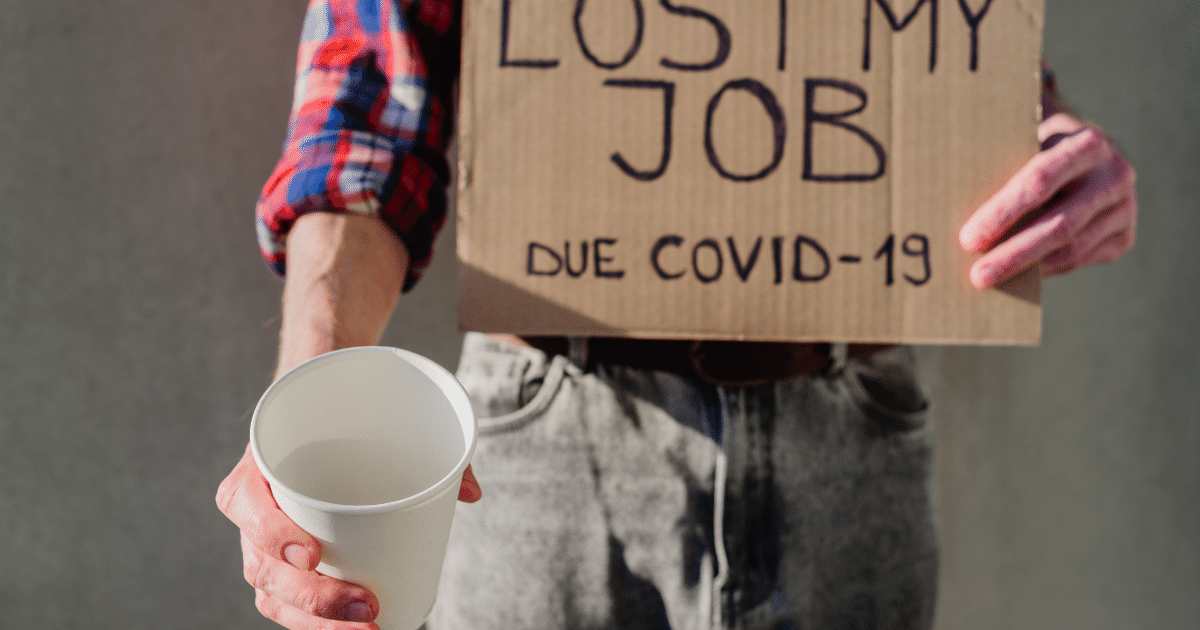
4 Mood-Boosting Activities
4 mood-boosting activities to keep your mind happy during COVID-19 lock-down
Music, journaling, and spending time with your pets are all science-backed ways to boost mental health during stressful times.
Dancing and singing a happy tune with your loved ones
can boost your mental health.
- Expressing your artistic self has profound positive impacts on your mental health and wellbeing during times of stress.
- “Knitting and other forms of textile crafting such as sewing, weaving or crocheting have quite a lot in common with mindfulness and meditation,” according to neuroscientist Dr. Sarah McKay.
- Spending quality time with your pets can also have beneficial impacts, including lowered cortisol levels and a boosted immune system.
Arts and crafts
Arts and crafts time with your kids (or diving into a new hobby such as quilting on your own) can do wonders for your mental health, and serve as mood-boosting activities according to several studies.
In a 2016 study published in the Journal of Positive Psychology, 658 students were asked to keep diaries over the span of 13 days. The students documented their mental states during various crafting activities including painting, sculpting, knitting, scrapbooking, sewing, and crocheting.
Participants who engaged in creative activities were:
- more enthusiastic about returning to that activity on another day
- experienced a positive mood boost during their craft activity
- felt inspired to be productive and creative in other ways
The study also found that people who engaged in regular crafting activities experienced what psychologists call “flourishing,” which is a process of internal growth and purpose provoking mood-boosting activities. Lead author Dr. Tamlin S. Connor reports: “Overall, these findings support the emerging emphasis on everyday creativity as a means of cultivating positive psychological functioning.”
Neuroscience backs up this thinking: the reward center in your brain releases the neurotransmitter dopamine when you do something pleasurable. While our brains are used to releasing dopamine to make us repeat activities that are essential to our survival (like eating or having sex), over time we’ve evolved so that the brain can emit dopamine signals during fun activities like decorating a cake or painting on a canvas.An article written by neuroscientist Dr. Sarah McKay explains: “Knitting and other forms of textile crafting such as sewing, weaving or crocheting have quite a lot in common with mindfulness and meditation, all are reported to have a positive impact on mental health and well-being.”
Karaoke time
Music is also a mood-boosting activity. According to a University of East Anglia (UEA) study, there are several benefits to belting a tune along with a group of people. The results of the study showed that:
- Social engagement with others gives people a sense of belonging and well-being that often lasts all day.
- Being part of a group dynamic also helps improve social skills and confidence.
- Taking part in a fun activity helps improve your mood and allows you to function better on a day-to-day basis.
Tuning into your favorite radio station, playing a karaoke video game, or creating a Spotify playlist your whole family can sing along to is going to have an uplifting effect on everyone’s mood during what is (for most) a very difficult self-isolation period.
Professor Tom Shakespeare, the lead on the study, explains: “We found that singing as part of a group contributes to people’s recovery from mental health problems. For some, it represented one component of a wider program of support. For others, it stood out as key to their recovery or maintenance of health. But the key thing for everyone was that it induced fun and happiness.”
This isn’t the only experiment to prove these results: Other music therapy studies have shown a positive boost in social connection, cognitive stimulation, mental health, and enjoyment.
Spending quality time with pets
Spending time with your pets provides hormonal changes that decrease stress and promote mood-boosting
While this isn’t news to dog owners, you may be surprised to learn just how beneficial spending time with your dog can be. Research from the University of Missouri-Columbia suggests that a few minutes of petting your dog prompts a release of serotonin, prolactin, and oxytocin, all known for being “feel-good” and “pleasure-inducing” hormones.
Having a pet can boost immunity.
A 2018 study suggests that infants who are exposed to pets before they are 6 months old have a decreased likelihood of allergies. Pets may also reduce the chances of hay fever, eczema, and upper respiratory infections.
Additionally, having a dog in your home may help balance out or even boost your gut health because dogs have many different types of beneficial bacteria.
Owning a cat or dog can improve cardiovascular health and lower blood pressure.
According to researchers at SUNY Buffalo, participants in a 2004 study who were already taking medication for hypertension showed blood pressure decreases in response to owning a cat or dog. In fact, their blood pressure response to stress was cut in half by spending time with their pet doing mood-boosting activities.
Journaling or expressive writing
Similar to crafting, writing about your personal experiences can help improve your mood, boost happiness, and help you find catharsis during a time of trouble or stress.
During the stressful COVID-19 pandemic, stress and panic seem to be spreading just as quickly as the virus. Writing about your lock-down experience during this time can help decrease your anxiety and increase your mental well-being, according to research.
In a 2006 behavioral therapy study, participants who wrote in the expressive writing style (journaling or the act of keeping a diary) showed significantly lower depression symptoms than those who did not. In a separate North Western University study, this time focused on married couples who were asked to write about a conflict they were experiencing, those who explored their problems together through expressive writing showed greater improvement in marital happiness than those who didn’t write about their issues.




























































